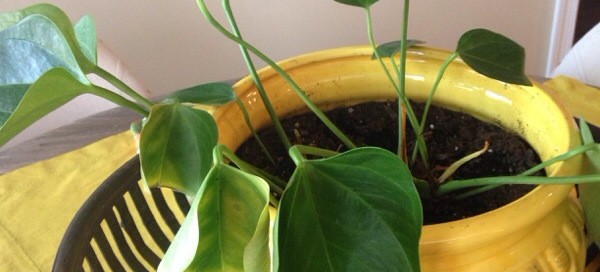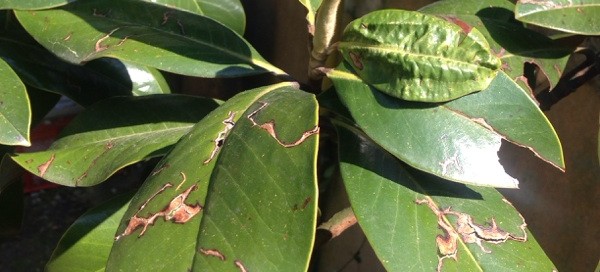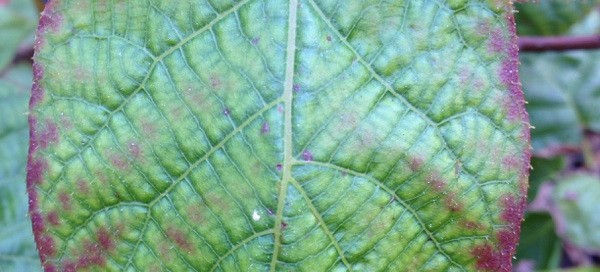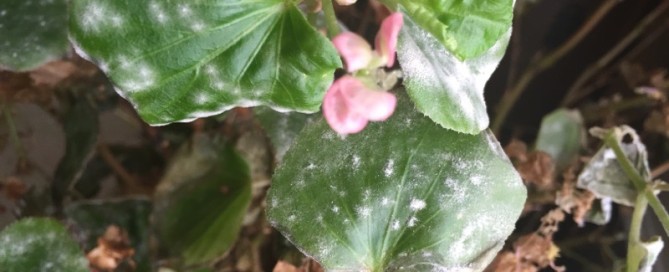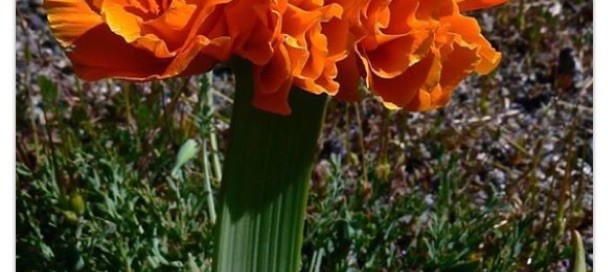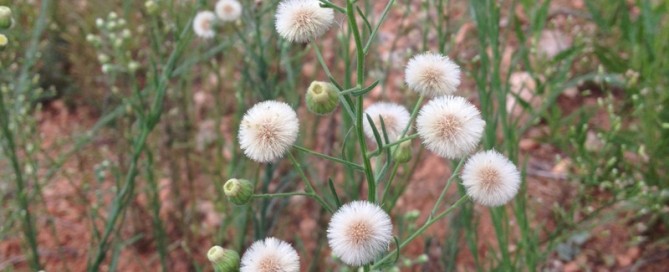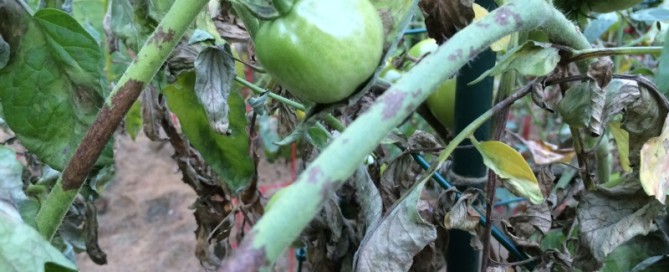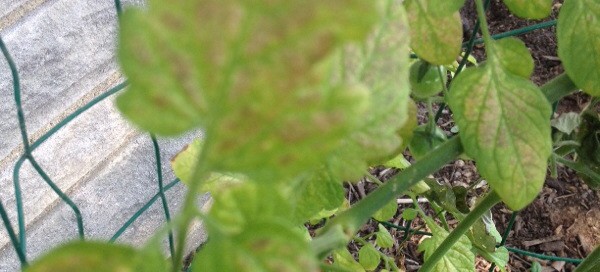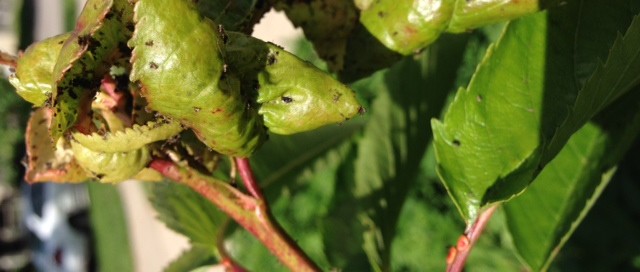Philodendron Problem
Your Philodendron likes bright indirect light indoors and moderate water. In pots, water only when the soil feels dry down to your first knuckle. The browning/yellowing of the leaves may be due to insufficient light (try putting it by a window that gets indirect light) or a watering problem. Also do not allow the plant to sit in water as this may lead to root rot. Is your plant in a pot within a pot? If so take your plant to a sink and allow the water to drain out thoroughly before returning to the decorative pot. If it is in a pot without drainage holes, suggest you transplant in a container with drainage holes. We do not see any signs of insects, but carefully inspect not only the top of the leaves and stems but also underneath the foliage. Depending on the species and cultivar, the latex from the leaves and the stems/branches can be very irritating to the skin so be sure to wear protective gloves when handling. Also feed with a slow release or organic fertilizer formulated for container house plants.
